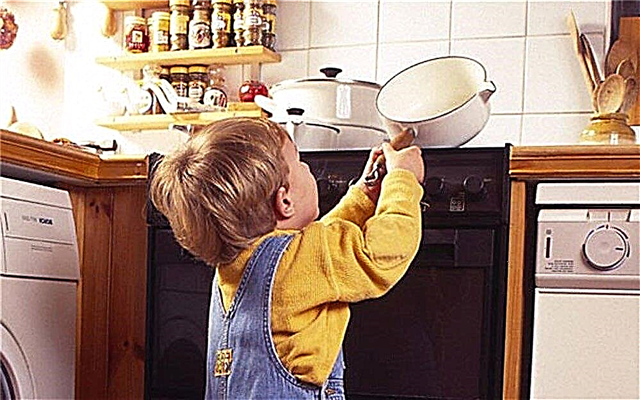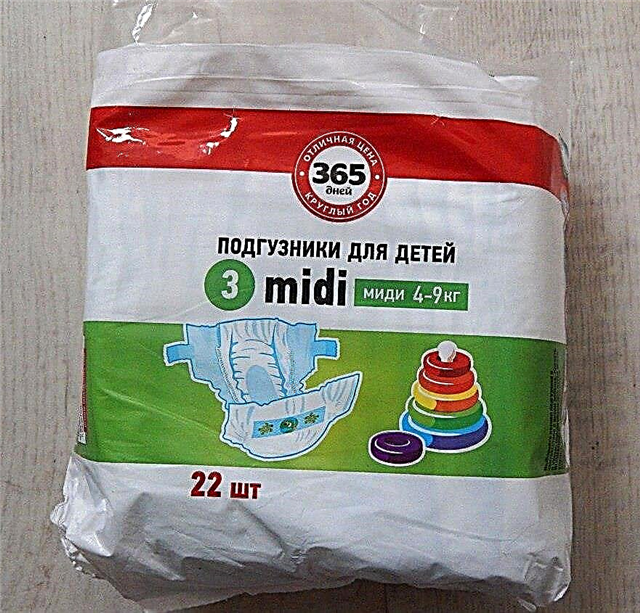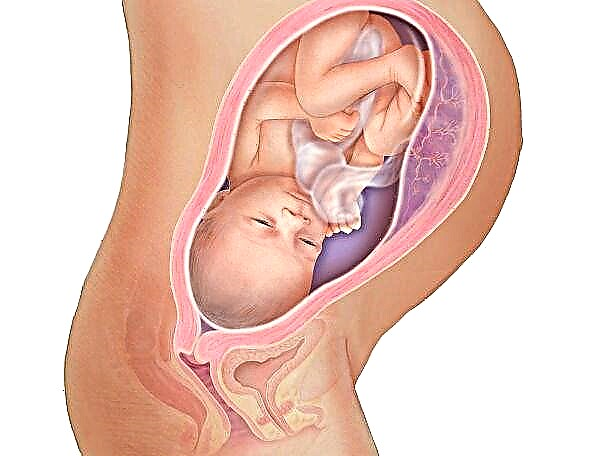
If a child has difficulty concentrating on tasks, poorly concentrating on the necessary information, and is unable to remember what the teacher is saying, this leads to poor performance in elementary school. With undeveloped attention in children, there is a lack of concentration, memory impairment, problems with homework.
To improve the situation and develop attention in younger students, special techniques and games can be used. There are many methods for working with school-age children, as a result of which students become more attentive. Let us consider in more detail what are the features of attention of schoolchildren, as well as which tasks for attentiveness for children in grades 1 and 2 are most effective.

Features of the development of attention
Psychologists call attention selective perception of certain information. In this state of consciousness, the child focuses on some significant objects, discarding the inessential and unnecessary. This is a kind of filter that helps prevent information overload and assimilate exactly what is required. Attention has several important properties.
- Volume. This characteristic shows how many objects the child can concentrate on at the same time. Normally, in a primary school, the volume is 2-5 units. When it decreases, the first grader cannot concentrate even on two tasks, keeping them in mind.
- Concentration. This property is to pay maximum attention to a certain action or subject. It helps you get the job done most successfully. With insufficient concentration, the child develops a tendency to look superficially at objects, he becomes distracted.
- Selectivity... This is the name of the property to distinguish significant phenomena or objects from the environment. With problems with selectivity, the student does not manage to concentrate on those moments that are necessary for him to solve a specific task.
- Stability. This is the name of the ability to fix attention on one object for a long time. In the first class, resistance is 7-12 minutes, but from 9-10 years of age it actively grows. If there are problems with this property of attention, the child will be constantly distracted, and teachers will call him restless.
- Switchability. Thanks to this property, the student easily alternates the type of activity, deliberately concentrates on a new task, and then returns to the previous one. This is useful when you get tired, for example, if the work is repetitive. In this case, switching attention will be a certain rest.
- Distribution. This property allows you to do several things at the same time. It is used for commented writing, checking your work, mathematical dictation. In first graders, the distribution is usually undeveloped and begins to manifest itself when one of the skills has already become habitual (automated), for example, if a child already writes well without remembering each of the symbols, then he can easily speak at the same time.

Attention is fully influenced by the temperament of the child. Choleric and sanguine people find it easier to switch, they manage to do a lot, but are restless. Melancholic and phlegmatic people manage to concentrate for a long time, but from the outside they seem passive and inattentive.
According to experts, attention is formed for a rather long time, and the process itself is complex. It begins at an early age and continues actively in the primary grades.
Children who have just started attending school rebuild their thought processes and often face difficulties, because kids are often distracted, they do not know how to distribute attention to several objects.
And the task of developing attention is one of the main ones for successful learning in primary school.
How to raise?
The development of attention at school age leads to the formation of such an important personal quality as attentiveness. When organizing classes, it is important to remember that there are several types of attention. The first is involuntary attention, which is stimulated by something new and unusual. The second is voluntary attention, which is conscious and volitional, appears when you want to concentrate on something specific. And the third is post-voluntary attention, which consists in the emergence of aspiration and interest in learning new things.

In younger schoolchildren, involuntary attention is the predominant type, that is first graders respond well to new information, but they still do not know how to deliberately control their attention. Teachers and parents should try to instill in the child the skill of volitional attention (voluntary), as well as develop post-voluntary attention, so that the student learns to concentrate on tasks with an effort of will.
At first, children are offered simpler tasks, and only if they are successfully completed, they are complicated. For example, a student is given a drawing that shows a simple pattern of counting sticks. He must repeat the picture according to the pattern - having coped with a light pattern, they move on to more complex ones.
If this is a graphic dictation, then at first it consists of only a few steps and forms a simple figure, and later it can become quite complex and voluminous.
Great for developing mindfulness games in which you need to look for differences, repeat actions for an adult, find common ground, describe in detail what you saw or read. Lessons with text, drawings (coloring, continuation of patterns), poems, numbers are of great efficiency. You should not neglect board games, since while playing chess, loto, backgammon or checkers, children not only focus on this activity for a long time, but also learn to think logically, guess the opponent's steps, and plan their actions.

The best exercises and games
It is recommended to work on the development of stability, selectivity, volume and other properties of attention daily. For this, different techniques and methods are used, and the duration of the training is 15-20 minutes (if the concentration is poor, and the attention is unstable, start from 5-10 minutes).
The competitive form of training, which additionally stimulates leadership qualities, has proven itself well.
"I remember everything"
This game perfectly trains both attention and memory. The child is given the task to memorize a chain of words of a certain subject, for example, the names of countries, cities, fruits or vegetables. One participant names the first word (for example, "broccoli"), the second must repeat it and add his own word (for example, "broccoli-potato"), then the first participant adds another word (for example, "broccoli-potato-cucumber"), the next one is another (for example, "broccoli-potato-cucumber-carrot"), and so on.

The game will become even more interesting if you attract more participants and a judge who will write down the named words. If a child forgets a word, he is eliminated, so the most attentive wins. Thanks to the competitive moment, the motivation to train mindfulness and memory increases many times over.
Find the words
This game can be taught by teachers in writing classes or at home using paper guides.
The main task is to search for “hidden” words in a row of solid letters.
These words can also be grouped with the exclusion of superfluous ones (inappropriate in number, gender, case and other parameters).
"Name the color"
For this exercise, color words are used. In this case, the words themselves are printed in a font of a different color, for example, the word "red" will be black, and "blue" - green. The child's task will be to concentrate and name only words of a certain color. This game is also suitable for a group of children - then you can arrange a competition and at the end choose a winner who has never made a mistake.

"Find differences"
The exercise is a classic mindfulness exercise. The child is given two similar images with slight differences, which must be found.
Difficulty depends on age, so for students in grades 1-2, pictures with large elements and discreet colors are selected, and for those who go to 3-4 grades, you can already use bright images with numerous small details.
Their consideration will train attentiveness, have a positive effect on the volume of attention and its stability.
"Connect the halves"
The child is offered words divided into two parts. The first halves of the words are written out in one column, and the second ones are scattered in the second. The task is to connect the parts together and write down whole words in a workbook. Exercise helps train attention characteristics such as steadiness and concentration.

"Many-one"
You will need a ball for this game. An adult throws a ball, calling a word in the singular, for example, "cat", and a child, having caught the ball, must answer in the plural (in our example, "cats").
The exercise is also suitable for a group of children, and if it is done at school in grade 3-4 in the classroom while studying nouns, then the child who catches the ball can additionally name the gender of the noun named by the teacher.
The game perfectly develops attention switching.
"Draw from memory"
For 1-2 minutes, the schoolchild is given to consider a card with a group of images on a certain topic (flowers, fish, furniture, numbers, dishes, pets). Then the card is removed, and the child must draw on a blank sheet of paper what he managed to remember. This exercise is effective for developing mindfulness, memory, and imagination.


"What changed?"
For the game, 10-15 small objects are prepared, which are laid out on the table. The child should consider them for 30 seconds, then turn his back to the table, and at this time the adult will change the location of 3-4 gizmos. When the child turns to face the table and carefully examines the objects, he should identify changes.
If several children are playing, then one point is given for each correct answer. In addition, one point is deducted for a mistake (if the item was not transferred). The winner is the one with the maximum score.

Recommendations
According to psychologists, attention needs to be developed constantly. If you decide to organize additional activities to improve concentration in the lessons and develop attentiveness in the younger student, then they should be regular, without long pauses. Only a systematic approach and regular exercise will help teach a child to concentrate sufficiently.
Wherein it is important to conduct classes in a place where the child will not be distracted by any external stimuli.
It is also not recommended to comment on the work of a student when he is absorbed in the process, because because of your comments, the child will cease to concentrate on work, so he will get tired faster and lose interest.
It is also important to briefly and clearly explain the task before the lesson, making sure that the child understands everything.




